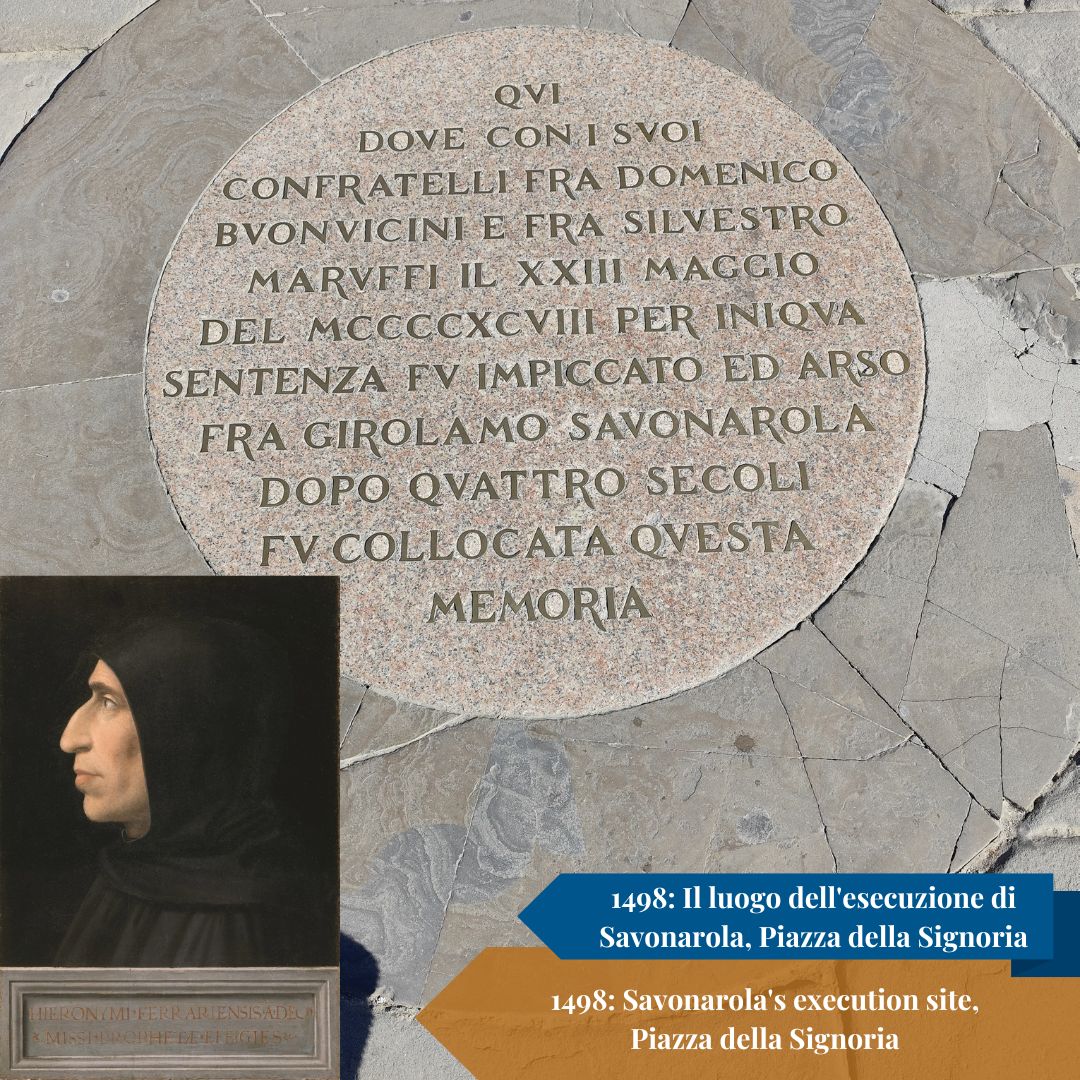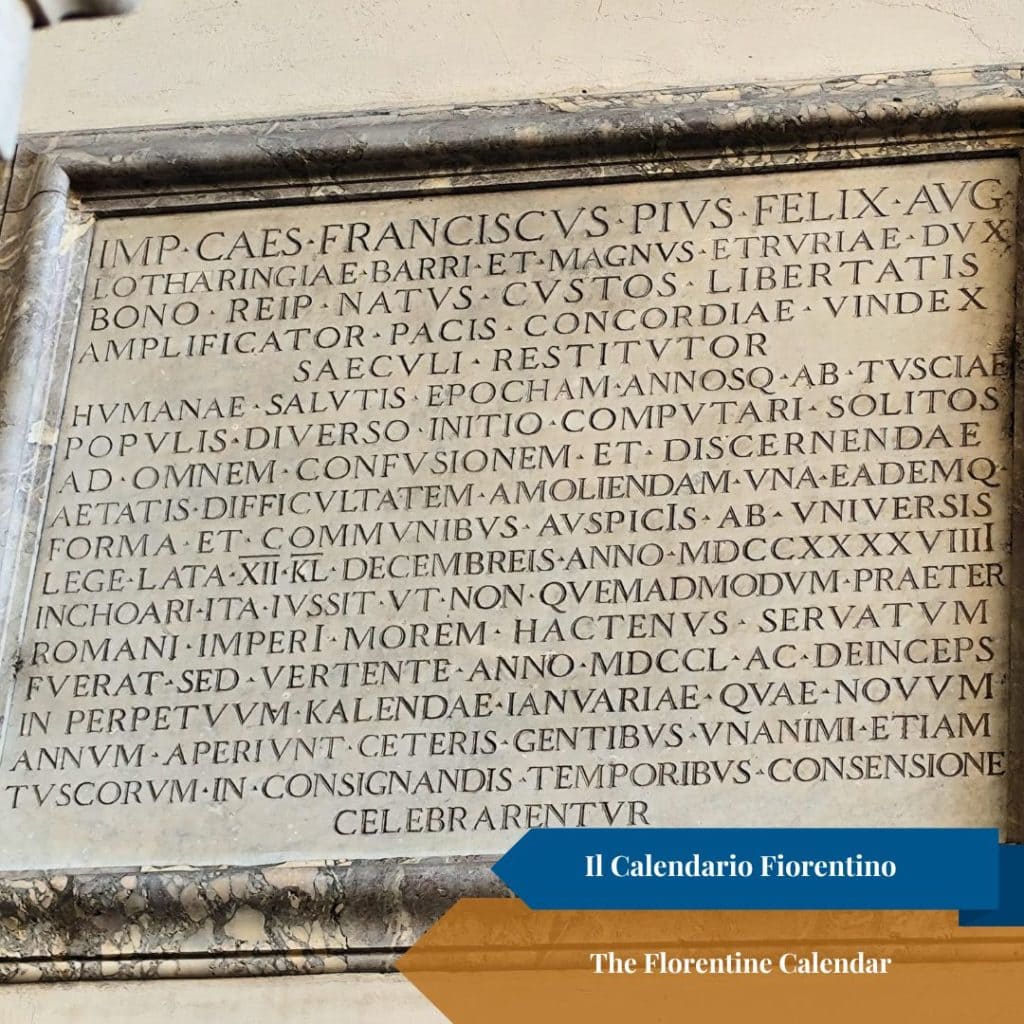Piazza della Signoria is undoubtedly one of the most important places in Florence. Located in the heart of the city in it we find Palazzo Vecchio, the Uffizi Gallery and the Loggia dei Lanzi. The ancient political power is located a few steps away from the Duomo, the center instead of religious power, and even today both represent the center of the city’s political and social life.
The origins of Piazza della Signoria date back to the 13th century, when the “Palazzo dei Priori” now known as Palazzo Vecchio, was built. The square immediately became the center of the city’s civic power, a place for assemblies, festivals and important political decisions. Over the centuries, the square has undergone numerous transformations, being enriched with works of art and monuments that have made it a true jewel.
Savonarola and the "Bonfire of the Vanities":
The "Loggia dei Lanzi":
One of the most characteristic elements of Piazza della Signoria is the “Loggia dei Lanzi” built in the 14th century. It is an imposing loggia that to this day houses an extraordinary collection of statues.
It owes its name to the fact that in the mid-1500s it housed the Guard Corps of Grand Duke Cosimo I, which consisted largely of “lanzichenecchi” or mercenary soldiers from the area of present-day Germany. The Loggia was also used for public assemblies and official ceremonies as it was a place sheltered from the weather and quite capacious. Today it offers the same protection to its statues, including Benvenuto Cellini’s “Perseus with the Head of Medusa” and Giambologna’s “Rape of the Sabine Women,” which have always been symbols of Florence.
The beauty of these statues steals the show from the two “Marzocchi” which is the name of the two statues of lions holding a ball under their paws, which greet visitors at the entrance to the Lodge. This animal can be found in many places in the city and symbolizes its power and pride.
Finally, few people know that on the right wall, inside the lodge, there is an inscription in Latin that reminds us that it was not until 1750 that January 1st was considered New Year’s Eve in the city.
It reads:
“Emperor Caesar Francis, Pius, Fortunatus, Augustus, Duke of Lorraine and Bar and Grand Duke of Tuscany, born for the welfare of the community, guardian of liberty, amplifier of peace, defender of concord, savior of the world; for the purpose of avoiding all confusion and difficulty in discerning time he commanded, by law of November 20, 1749, that the time and years of man’s salvation, which used to be counted by the people of Tuscany from different days, should be made by all to begin in one and the same way, so that the former custom, contrary to that of the Roman Empire, shall no longer be observed, but that from the coming year 1750 and in perpetuity, the first of January, which marks the beginning of the new year among other peoples, shall be celebrated and used in the counting of time also with the consent of the Tuscan people”.
Until then, the beginning of the year was celebrated on March 25th, almost the same date of spring equinox.
Even today, Piazza della Signoria is one of the most crowded places in Florence, both by tourists and Florentines. The square is a gathering place, a place to stroll, admire works of art and breathe in the unique atmosphere of this extraordinary city.
What are you waiting for to stay in Piazza Signoria? Come to Florence!





